About the Translator

B. ALAN WALLACE is president of the Santa Barbara Institute for Consciousness Studies. He trained for many years as a monk in Buddhist monasteries in India and Switzerland. He has taught Buddhist theory and practice in Europe and America since 1976 and has served as interpreter for numerous Tibetan scholars and contemplatives, including His Holiness the Dalai Lama. After graduating summa cum laude from Amherst College, where he studied physics and the philosophy of science, he earned his MA and PhD in religious studies at Stanford University. He has edited, translated, authored, and contributed to more than forty books on Tibetan Buddhism, medicine, language, and culture, and on the interface between science and religion.
Publishers Acknowledgment
The publisher gratefully acknowledges the generous help of the Hershey Family Foundation in sponsoring the production of this book.
Afterword
New Frontiers in the Collaboration of Buddhism and Science
Over the past thirty years, I have participated in and listened to many conferences and dialogues about the nature of the mind and consciousness held between scientists and Buddhist scholars, primarily from the Tibetan Buddhist tradition. Time and again, experts from diverse fields, including psychology, neuroscience, and philosophy, have presented their cutting-edge research to Buddhists and then invited their response to these advances in modern science. In virtually all such meetings, it is the Western scientists who dominate, speaking for over 90 percent of the time, while His Holiness the Dalai Lama and other Buddhists in attendance have brief opportunities to respond and ask questions of the Western experts. Overall, I have found much greater openness on the part of Buddhists to learn about scientific discoveries in the mind sciences than I have found open-mindedness on the part of scientists eager to learn about Buddhist discoveries. For example, His Holiness has often commented that if scientists present evidence that clearly refutes any Buddhist belief, he would abandon that Buddhist belief. But it is rare to find any scientist who would likewise agree that if Buddhist contemplatives make replicable, intersubjectively validated discoveries that clearly refute certain materialist beliefs, they would abandon those beliefs. When scientists meet eminent Buddhist scholars and contemplatives, they might open such a conversation in a spirit of humility, acknowledging the following points:
 Although the scientific study of the mind has been pursued for more than 135 years, there has been no progress in solving the hard problem, or the question of how brain activity and conscious experiences are correlated.
Although the scientific study of the mind has been pursued for more than 135 years, there has been no progress in solving the hard problem, or the question of how brain activity and conscious experiences are correlated.
 While hundreds of scientific and philosophical books and articles have been published about the nature of consciousness, there is currently no scientific definition of consciousness, no objective means of detecting mental phenomena, the neural correlates of consciousness itself have yet to be discovered, and it is unknown whether organic processes are universally necessary for the generation of all possible states of consciousness.
While hundreds of scientific and philosophical books and articles have been published about the nature of consciousness, there is currently no scientific definition of consciousness, no objective means of detecting mental phenomena, the neural correlates of consciousness itself have yet to be discovered, and it is unknown whether organic processes are universally necessary for the generation of all possible states of consciousness.
 Since 1950 tremendous advances have been made in understanding the neural conditions that contribute to mental diseases, a great number and variety of psychopharmaceutical drugs have been developed and have been widely prescribed by medical professionals, especially in wealthy countries, and over two hundred schools of psychotherapy have been devised to help people with psychological problems. Yet, despite all these advances, during this same period there has been a tenfold increase in depression, which is now the number-one cause of disability worldwide, with the risk of depression 32 percent higher in wealthy countries.
Since 1950 tremendous advances have been made in understanding the neural conditions that contribute to mental diseases, a great number and variety of psychopharmaceutical drugs have been developed and have been widely prescribed by medical professionals, especially in wealthy countries, and over two hundred schools of psychotherapy have been devised to help people with psychological problems. Yet, despite all these advances, during this same period there has been a tenfold increase in depression, which is now the number-one cause of disability worldwide, with the risk of depression 32 percent higher in wealthy countries.
 Since 1950 in the United States, the gross domestic product has increased fiftyfold, but the reported change in well-being has remained unchanged. So, despite the recent advances in positive psychology, there appears to be little or no improvement in humanitys overall mental health and well-being.
Since 1950 in the United States, the gross domestic product has increased fiftyfold, but the reported change in well-being has remained unchanged. So, despite the recent advances in positive psychology, there appears to be little or no improvement in humanitys overall mental health and well-being.
So, they might say, in light of the evident limitations of materialist approaches to understanding the mind, consciousness, and mental health and well-being, we scientists are keen to learn about Buddhist theories, methods, and discoveries in these fields. Buddhists might respond in a similar spirit of humility by acknowledging that over the past 2,500 years, Buddhism has not developed any quantitative, scientific study of behavior or the brain, and there is no branch of Buddhist psychology specifically devoted to diagnosing and treating mental illness. However, the Buddhist tradition has developed highly sophisticated means of developing and utilizing attention and introspection in the direct study of consciousness and a broad range of mental states and processes.
I would love to participate in conferences with dialogues between Buddhists and scientists in which they are both given the same time to present their views, and with mutual open-mindedness, which has been exceedingly rare thus far. For example, in numerous such meetings with scientists, when His Holiness has spoken of empirical evidence concerning both children and contemplatives who have expressed clear past-life recollections, the scientists have quickly shifted the topic without giving such evidence any credence or inquiring about Buddhists theories to explain such memories. Such closed-mindedness is frustrating, and it generally pertains to any evidence or reasoning that challenges the unquestioned assumptions of scientific materialism.
While the theories and methods of science in general are largely compatible with, or complementary to, those of Buddhism, the beliefs and methodological constraints of scientific materialism are fundamentally incompatible with all schools of Buddhism throughout history. The relationships between proponents of scientific materialism and those of Buddhism are complex, but might nonetheless be characterized by way of the following metaphors, shocking though they may be:
1. Communist regimes, such as the former Soviet Union and the Peoples Republic of China, which embrace scientific materialism as their state religion, are like wolves in wolves clothing, for they have consistently committed genocide against Buddhism, often bent on its total destruction and delegitimization as well as the mass murder and incarceration of its proponents.
2. Scientists who embrace materialism as their unquestioned ideology are like wolves disguised as sheepdogs, who have taken on the apparently benign role of leading the Buddhist flock to the slaughterhouse, where Buddhism is butchered and a filet of Buddhism is sold to the public, from which all the bones of contention where Buddhism is incompatible with materialism have been carefully removed.
3. Many people posing as secular Buddhists, but who in fact unquestioningly adopt the beliefs of scientific materialism, are like wolves in sheeps clothing, for they try to blend in with the flock of Buddhists, urging everyone around them that their Buddhism is the new, improved version, freed from all the superstitions of religion, including the Buddhas own account of his enlightenment and the myriad accounts of later Buddhist adepts who have fathomed the nature of the mind and from that perspective reveal materialism to be intellectually and morally bankrupt.
Next page
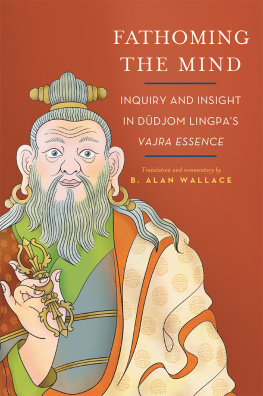
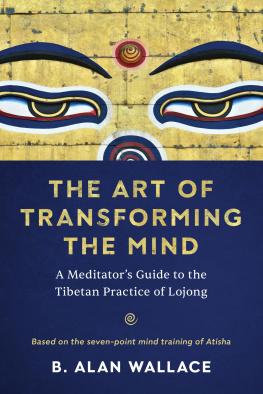
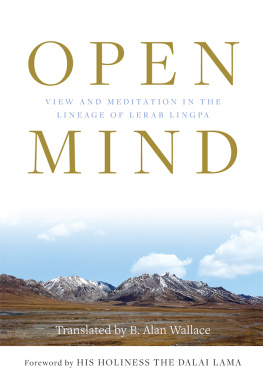
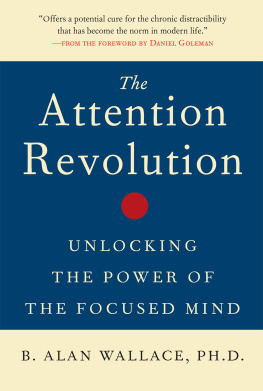

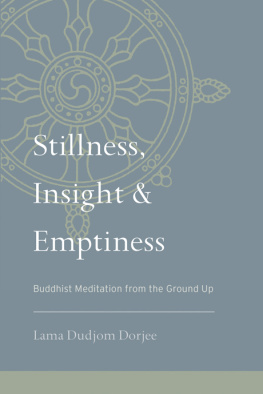
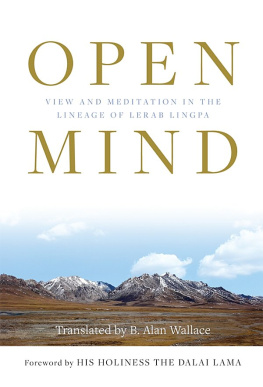

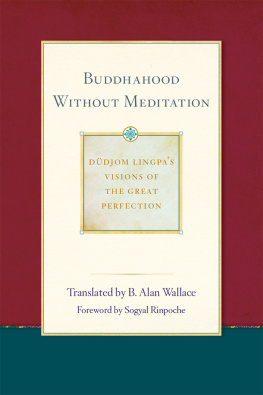


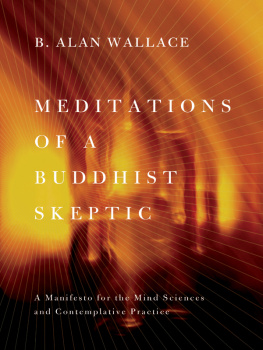

 Although the scientific study of the mind has been pursued for more than 135 years, there has been no progress in solving the hard problem, or the question of how brain activity and conscious experiences are correlated.
Although the scientific study of the mind has been pursued for more than 135 years, there has been no progress in solving the hard problem, or the question of how brain activity and conscious experiences are correlated.